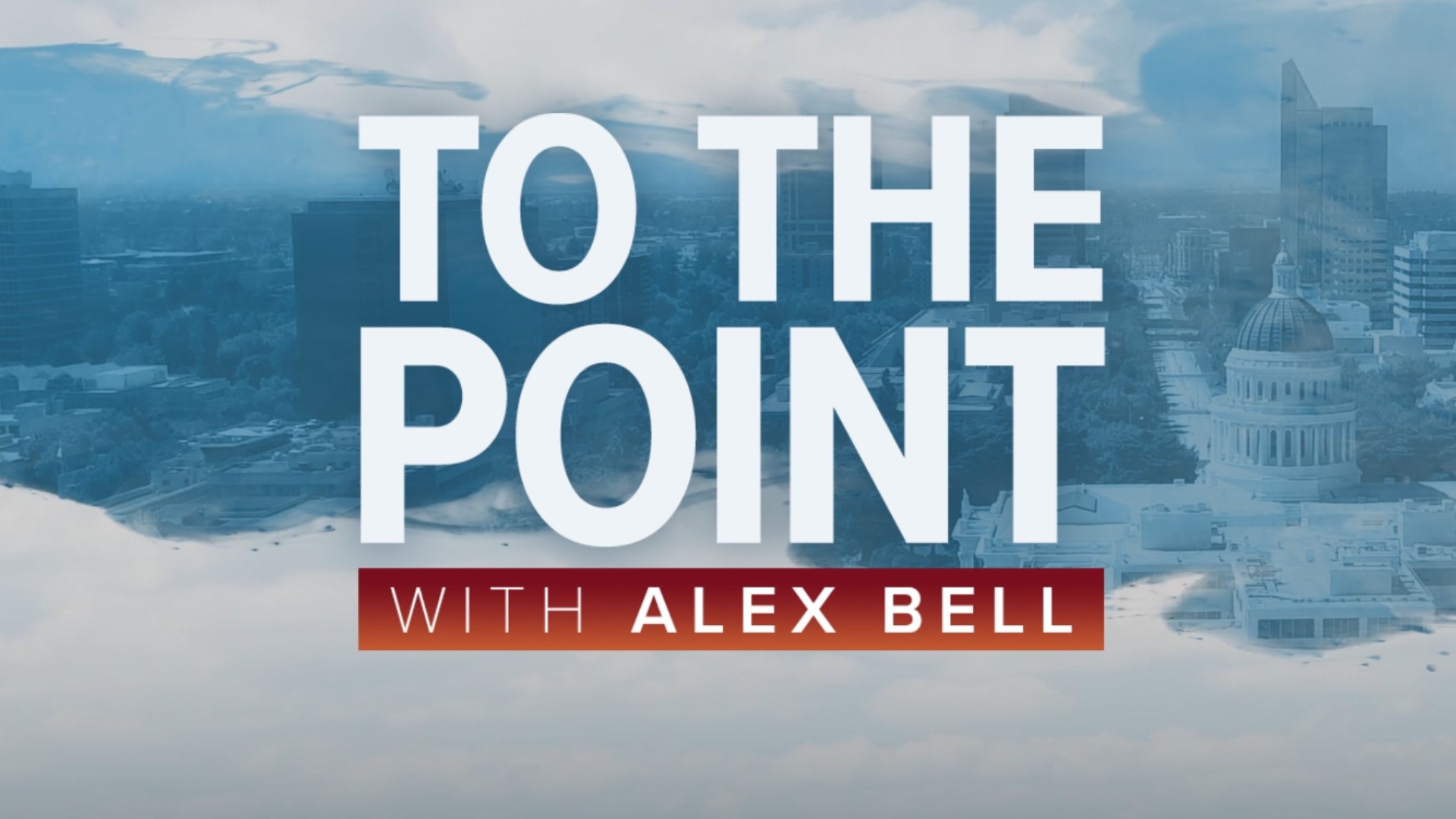SACRAMENTO, Calif. — One year dark.
“We were done March 13. Done, nothing else,” Harlow’s owner Jim Cornett said. “Our last show was Loose Ends on March 13. Friday the 13th, by the way.”
That was the last day Harlow’s put on a show in Sacramento. It was also the day that the majority of music venues across the United States had their last shows since the COVID-19 pandemic swept the world.
Jim Cornett is the owner of Harlow’s. He put everything he had into the venue and to buy the business. The venue has put on shows for nearly 40 years. Because of the pandemic, there hasn’t been a show in more than a year. Jim hopes that they can put on shows again soon.
“Imagine the building not having any sound in it all this time,” Jim said. “It’s pretty sad.”
Harlow’s was supposed to have nearly 50 shows alone in March of 2020. Right now they are working on getting the patio out back set up for shows by adding a stage and getting things set up. The main problem is that there is no guidance on how entertainment venues can reopen.
Entertainment venues need shows to get by. Harlow’s puts on more than 400 shows a year just to get by. California hasn’t been the most helpful in investing in the entertainment industry, even though it gets a lot of income from the industry.
“It surprised all of us. We’ve always earned our income and always put on shows. Now we’ve lost all our income,” Jim said.
Getting help to bring back concerts
That’s one of the reasons Harlow’s started the California Capitol Venue Coalition (CCVC) in June. The idea was to lobby the state legislature to get them to invest in independent venues across Sacramento. That conversation ended up growing bigger, across the state.
“I started talking to some people in the Bay Area and some of the other independent venues out there. They were kind of like, ‘what do we do?’” said Julia Heath, Marketing Director for Harlow’s.
Heath, along with other people working at independent venues, decided to make a California chapter of the National Independent Venue Association (NIVA).
“We went from having these casual discussions to talking to the board at NIVA and they gave us their blessing,” she said.
NIVA California is made up of around 300 independent venues and promoters across the state. Their goal is to get some legislation and a budget for independent venues in California because many people don’t realize how many people were put out of work because of the pandemic.
“We’re so good at doing our jobs behind the scenes that people don’t even know we exist. They don’t even know how we operate and they don’t understand how the business works,” Heath said. “People don’t even realize that people in the industry exist before doors open. But that’s 90% of it.”
Thanks to NIVA, the venues did get funding from the government in a stimulus package. The Shuttered Venues Operators Grant (SVOG) was supposed to get dispersed to venues across the country in January. It’s March and they’re still waiting. The grant was supposed to help cover operating costs while the venues are shut down, but it still worries Jim Cornett.
“That’s what’s kind of scary is that they get us until the date we reopen and then we may not have the confidence from our customers to fill our house the way we need it and then all that work we did to help us survive, we fold,” Cornett said.
NIVA California wants to help with those costs. Their lobbyists are “seeking to create a grant program for independent venues that will ensure these businesses can reopen and bring a significant return to the state’s economic recovery. While SVOG helps with the previous 12 months of the shutdown, venues need support for the next 4-6 months of likely start and stop, capacity restrictions,” among other things.
“It’ll still be many months before we’re back to full capacity and we’re out all this cash right away because we have to pay deposits to artists before the shows even happen, so it’s going to be a while before cash flow is happening,” Heath explained.
NIVA has helped so many in the industry this last year when many venues have felt forgotten.
“In the last couple of days, people I’ve talked to have been like ‘If NIVA didn’t exist, we would have filed for bankruptcy.’ That makes it worth it,” Heath said.
The independent music industry is still in the dark of when they can reopen and they will be until at least April 1. That’s when California will address reopening venues.
Welcoming back music
Harlow’s is ready to reopen and let in music fans again. Venues are quiet without the fans in them.
“So much of what a venue is, is the space and the feeling of the space that doesn’t exist anywhere else and I didn’t really realize how much I missed that standing in a space where all of these things have happened,” Julia said. “The energy kind of lingers when no shows are happening. You can still feel it in the walls and the floor and the lights.”
Jim Cornett believes that their work with NIVA and the CCVC helped open the eyes of legislators both at the state and local levels. Through the conversations they’ve had, he believes the state and City of Sacramento will start putting money into budgets for venues and nonprofits.
“They realize we need help from time-to-time and they’re going to create some new avenues for us to find support when we need support,” he said.
But one thing is for sure. Cornett can’t wait to put on another show.
“I want to get back to work. I really do want to get back to work the shows.”
WATCH MORE FROM ABC10: A look at life as an essential worker during COVID-19 pandemic



